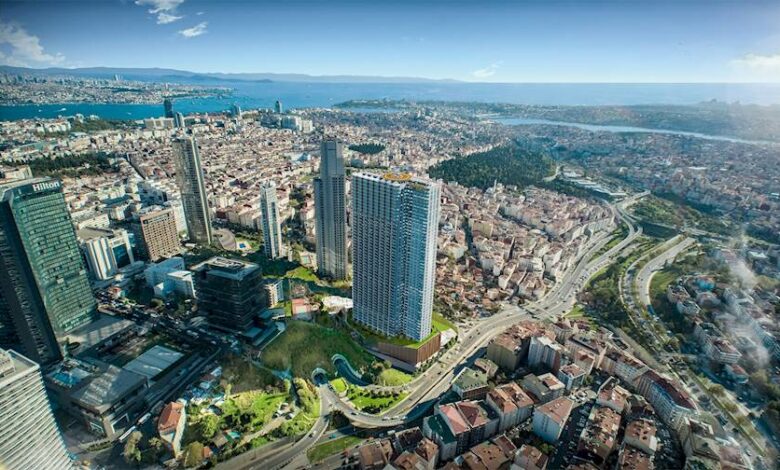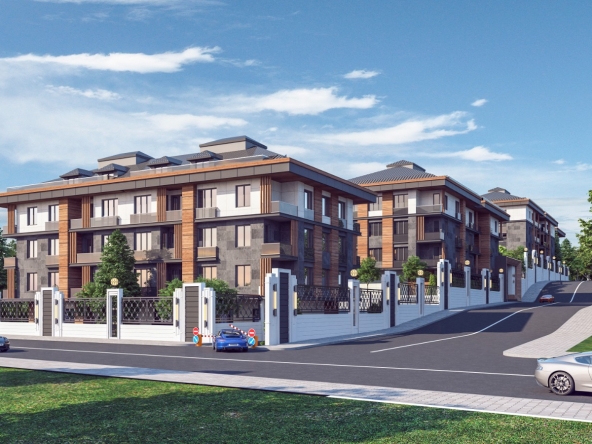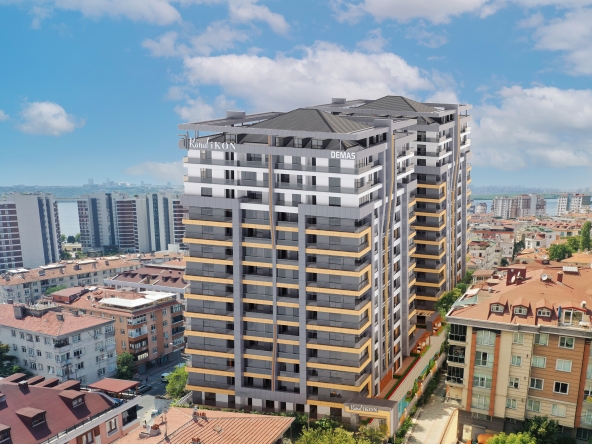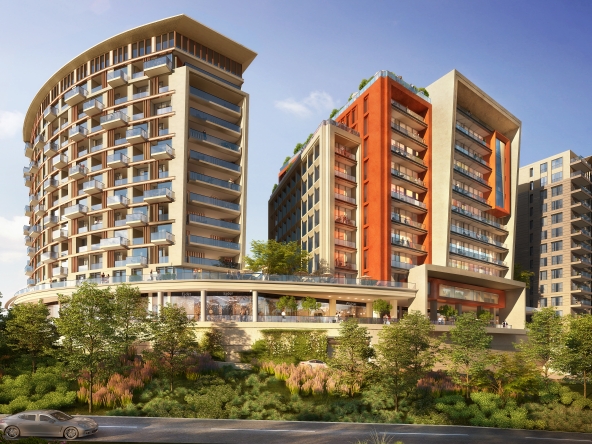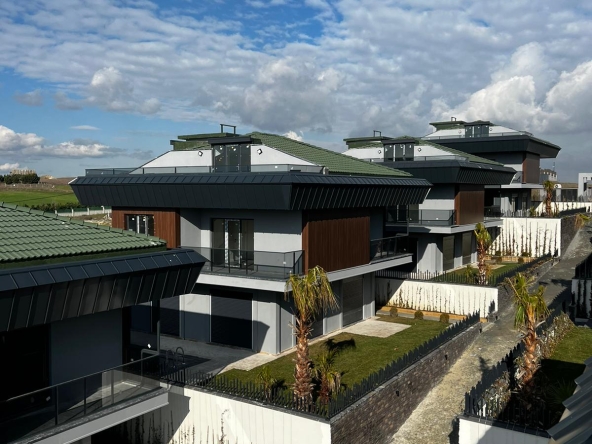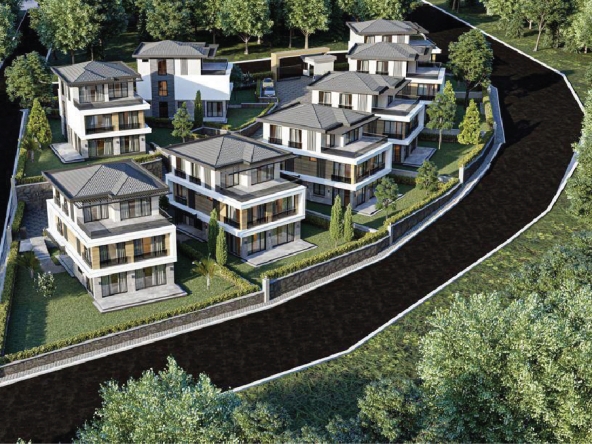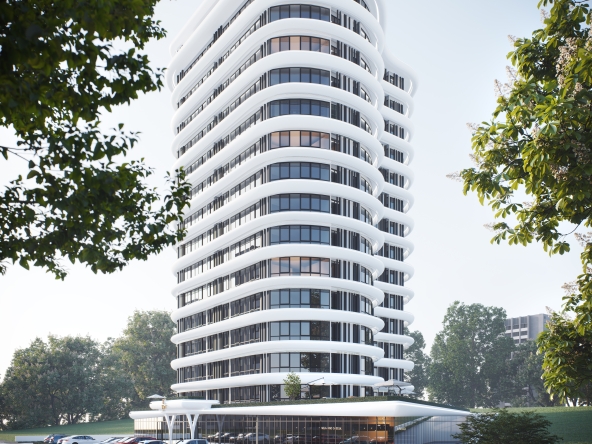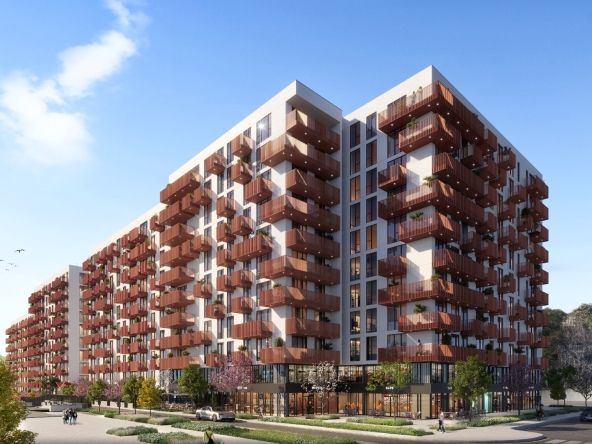Sisli is one of the major 39 districts of Istanbul on the European side of the city. Although not by the sea, it’s located at the exit from the Bosphorus Bridge that links Asia to Europe. Its total area is about 30 square kilometers and is considered to be a new settlement that flourished after the mid-19th century to the north of Taksim Square.
Around the 17th century, there were only graveyards in Sisli and not much settlement. In the 18th century vineyards, barley fields and several gardens rose in the Sisli center and Mecidiyeköy neighborhoods. Other buildings followed in the 19th century, especially with the construction of Feriköy and Bomonti breweries and the Children’s Hospital in 1898. During those years, many non-Muslims and immigrants moved to Sisli forming a rich mosaic in the district. Besides rich villas and houses, Darulaceze’s elder & poor house was built near Okmeydani in 1895. Rapid development followed when Sisli had the first electric tram in 1913 and many apartment blocks were built around the 1920s. One of the earliest house examples of Sisli is the House of Atatürk which is a museum now.
After the Republic, Sisli became one of the most elite neighborhoods of Istanbul amongst upper-class local people, foreigners, and non-Muslims. There are many old mosques, Christian churches, and Jewish synagogues in the district. Lately, it became also one of the small business and finance centers of Istanbul, especially with some high rises and modern shopping malls such as Cevahir Mall, one of the biggest in Europe. Several hotels also do exist in the district.
Some other important buildings, venues, and locations in the Sisli district are; the military museum, Cemal Resit Rey and Lutfi Kirdar concert halls and exhibition centers, movie and stage theaters, university faculties, Ali Sami Yen football stadium of Galatasaray, exquisite shops at Rumeli street and Nisantasi, fine restaurants and bars in Macka neighborhood, Tesvikiye area, and so on. Istanbul Mayor’s house is also in this district, at Valikonagi.


